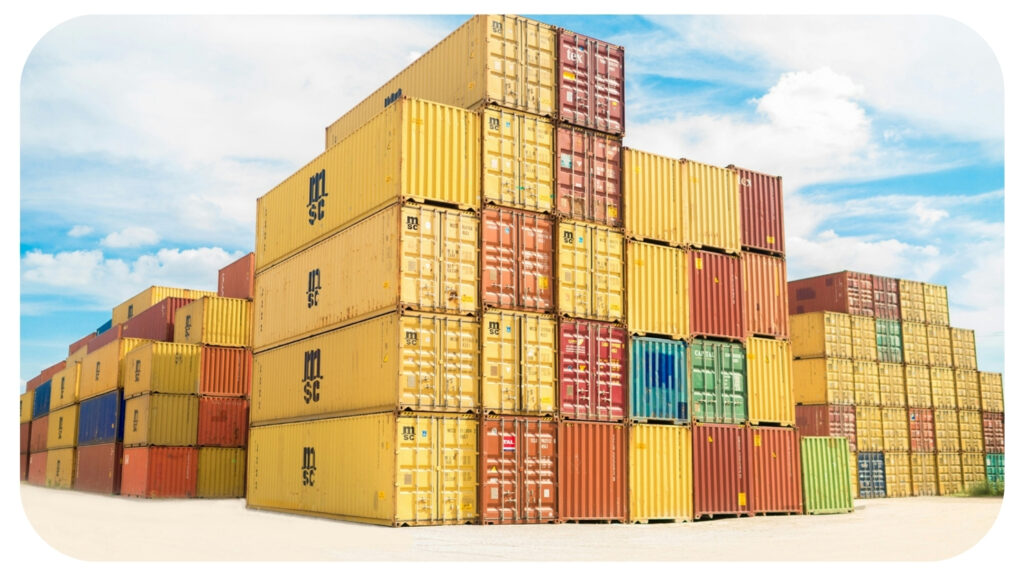The Hidden Costs of Logistics: How to Optimize for Profitability

Photo by frank mckenna on Unsplash
In today’s fast-paced global economy, logistics plays a crucial role in determining the success of businesses across various industries. From manufacturing and retail to e-commerce and healthcare, efficient supply chain management ensures that goods reach their intended destinations promptly and cost-effectively. However, many businesses underestimate the hidden costs associated with logistics, leading to reduced profitability and operational inefficiencies. Identifying these costs and implementing strategies to optimize logistics can make a substantial difference in a company’s bottom line.
Uncovering the Hidden Costs in Logistics
Logistics expenses extend far beyond shipping fees and warehouse costs. Several hidden costs can erode profits if not managed properly. Here are some of the most common ones:
1. Inventory Holding Costs
Holding inventory comes with significant costs, including storage, insurance, depreciation, and obsolescence. The longer goods remain in storage, the more expensive they become. Businesses that fail to optimize inventory levels often find themselves dealing with overstocking or stockouts, both of which can be detrimental to profitability.
2. Last-Mile Delivery Expenses
“The final step of the supply chain—last-mile delivery—is often the most expensive and challenging to manage,” Says William Maclyn Murphy McRae. “Factors like fuel prices, inefficient route planning, and customer expectations for rapid delivery drive up costs. Many companies underestimate how much last-mile logistics impact their overall expenses.”
3. Inefficient Transportation Planning
Using outdated transportation management systems or relying on suboptimal routing can lead to wasted fuel, increased delivery times, and unnecessary wear and tear on vehicles. Inefficient transportation not only inflates costs but also affects customer satisfaction.
4. Reverse Logistics and Returns
Product returns and reverse logistics are frequently overlooked in cost assessments. Processing returns, refurbishing items, and reshipping replacements all incur expenses. In some industries, such as e-commerce, reverse logistics can account for a significant portion of operational costs.
5. Compliance and Regulatory Costs
Businesses operating across multiple regions must adhere to different regulatory requirements, including customs duties, environmental regulations, and safety standards. Non-compliance can result in hefty fines, delays, and reputational damage.
6. Labor and Productivity Losses
Logistics operations depend heavily on labor, from warehouse workers to drivers. Inefficiencies in scheduling, training gaps, and high employee turnover rates can drive up labor costs. Moreover, errors in logistics management lead to wasted time and productivity losses.
7. Technology and System Inefficiencies
Using outdated or incompatible logistics management systems can lead to inefficiencies in tracking, reporting, and decision-making. Many companies invest in expensive software solutions without fully utilizing their capabilities, leading to unnecessary expenditures.
Strategies to Optimize Logistics for Profitability
To combat hidden logistics costs and improve profitability, businesses should adopt strategic measures aimed at enhancing efficiency and reducing waste. Here are some actionable steps:
1. Adopt Data-Driven Decision Making
Leveraging data analytics and artificial intelligence can provide businesses with insights into demand patterns, delivery efficiency, and potential cost-saving opportunities. Predictive analytics can help optimize inventory levels, streamline transportation routes, and improve forecasting accuracy.
2. Optimize Inventory Management
Implementing just-in-time (JIT) inventory practices can significantly reduce holding costs. Companies should also use inventory management software that provides real-time stock visibility and automates restocking processes based on demand fluctuations.
3. Enhance Transportation and Routing Efficiency
Using advanced transportation management systems (TMS) enables businesses to plan efficient routes, consolidate shipments, and minimize fuel consumption. GPS tracking and real-time route optimization can further improve delivery efficiency and reduce costs.
4. Invest in Warehouse Automation
Automating warehouse operations with robotics, conveyor belts, and AI-driven sorting systems can reduce labor costs and improve processing speeds. Automated inventory tracking and barcode scanning also minimize errors and enhance operational efficiency.
5. Improve Last-Mile Delivery Optimization
Businesses can cut last-mile delivery costs by partnering with local couriers, using alternative delivery methods like locker pickups, or offering incentives for customers to choose cost-effective shipping options. Implementing dynamic routing algorithms helps minimize delays and fuel wastage.
6. Streamline Reverse Logistics
Developing an efficient returns management process reduces the costs associated with reverse logistics. Companies can offer incentives for customers to choose store credits instead of refunds, implement centralized return hubs, and refurbish returned products to minimize losses.
7. Ensure Regulatory Compliance
Staying updated on industry regulations and investing in compliance management tools helps businesses avoid costly penalties and delays. Working with legal experts or consultants can also provide guidance on navigating international trade and customs laws effectively.
8. Leverage Third-Party Logistics (3PL) Providers
Partnering with experienced 3PL providers can help businesses scale their logistics operations without incurring unnecessary infrastructure costs. These providers offer expertise in warehousing, transportation, and supply chain management, allowing companies to focus on core operations.
9. Reduce Labor-Related Costs through Training and Retention
Well-trained employees contribute to efficiency and cost savings. Businesses should invest in continuous training programs, implement employee retention strategies, and optimize shift planning to reduce overtime expenses.
10. Upgrade Technology and Integration Systems
Investing in integrated supply chain management platforms ensures seamless communication between different logistics components. Cloud-based systems and blockchain technology can enhance transparency, security, and efficiency in logistics operations.
Conclusion
The hidden costs of logistics can significantly impact a business’s profitability if left unchecked. From inventory holding costs to last-mile delivery inefficiencies, these expenses can quickly add up and erode profit margins. However, by implementing data-driven strategies, optimizing inventory and transportation management, leveraging automation, and staying compliant with regulations, businesses can effectively minimize these costs and enhance their logistics operations.
In an increasingly competitive marketplace, optimizing logistics for profitability is no longer an option—it is a necessity. By proactively addressing hidden costs and adopting strategic solutions, businesses can achieve long-term financial sustainability and gain a competitive edge in their respective industries.
Recommended For You
6 Tips on How to Choose Your First Cleaning Franchise
Most Inside
Most Inside offers high-quality recommendations and valuable updates to enhance all aspects of your life, providing premium guidance and enriching experiences.




